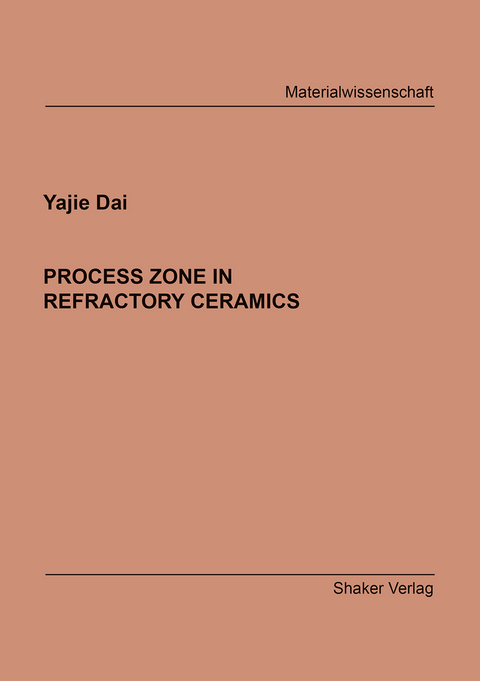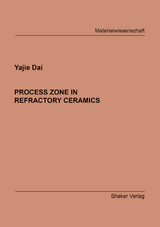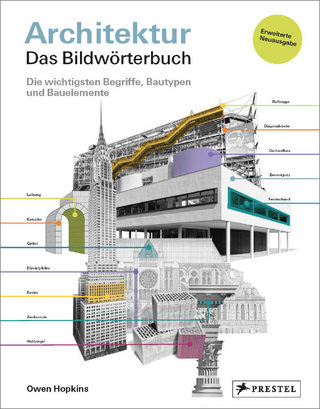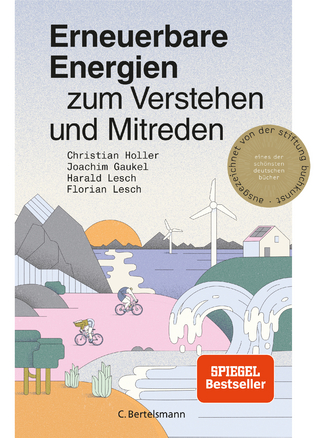PROCESS ZONE IN REFRACTORY CERAMICS
Seiten
Refractory materials are widely used in the industries of steel, nonferrous metal, cement etc. They sustain considerable strain which is caused by thermal shock and mechanical loading during the whole lifetime. The understanding of fracture process is essential for the refractories performance during industrial applications. Refractories are heterogeneous materials consisting of grains and fines. The fracture mechanism is complex due to the microstructure. The process zone of some kinds of refractories with reduced brittleness cannot be neglected and could be in the same order of magnitude as the crack length. The development of fracture process zone in refractories contributes to the deviation from pure linear elastic behaviour. The fracture parameters, such as dissipated energy, crack growth resistance and localization of macro-crack, are important to characterize the fracture behaviour. A proper experimental observation and characterization is required to determine the fracture process zone development as well as the fracture behaviour.
The information about the process zone is essential for the identification of improved material models. Whereas presently an inverse evaluation of a wedge splitting sample fits the load-displacement curve and assumes fracture processes in the ligament area only, a procedure to be developed within this thesis work has the goal to yield both, a load-displacement relation and a fracture strain distribution in the specimen in agreement with the experiment. This implies the possibility to employ similar simulation models with the consideration of a complex heterogeneous structure in refractories for both the inverse identification and the application. Therefore a more realistic behaviour of the material models investigated can be expected.
The information about the process zone is essential for the identification of improved material models. Whereas presently an inverse evaluation of a wedge splitting sample fits the load-displacement curve and assumes fracture processes in the ligament area only, a procedure to be developed within this thesis work has the goal to yield both, a load-displacement relation and a fracture strain distribution in the specimen in agreement with the experiment. This implies the possibility to employ similar simulation models with the consideration of a complex heterogeneous structure in refractories for both the inverse identification and the application. Therefore a more realistic behaviour of the material models investigated can be expected.
| Erscheinungsdatum | 17.03.2023 |
|---|---|
| Reihe/Serie | Berichte aus der Materialwissenschaft |
| Verlagsort | Düren |
| Sprache | englisch |
| Maße | 148 x 210 mm |
| Gewicht | 120 g |
| Themenwelt | Sachbuch/Ratgeber ► Natur / Technik ► Technik |
| Technik ► Maschinenbau | |
| Schlagworte | brittleness • Cohesive zone model • digital image correlation • fracture process zone • Heterogeneous continuum model • inverse identification • Magnesia refractories • Spinel |
| ISBN-10 | 3-8440-8976-4 / 3844089764 |
| ISBN-13 | 978-3-8440-8976-9 / 9783844089769 |
| Zustand | Neuware |
| Haben Sie eine Frage zum Produkt? |
Mehr entdecken
aus dem Bereich
aus dem Bereich
die wichtigsten Begriffe, Bautypen und Bauelemente
Buch | Softcover (2024)
Prestel (Verlag)
32,00 €
Buch | Hardcover (2021)
C. Bertelsmann (Verlag)
18,00 €
vom Kolosseum über die Akropolis bis zur Alhambra
Buch | Hardcover (2023)
DK (Verlag)
19,95 €




